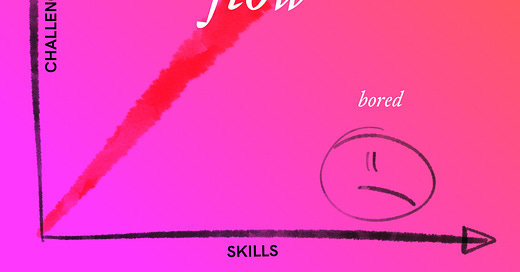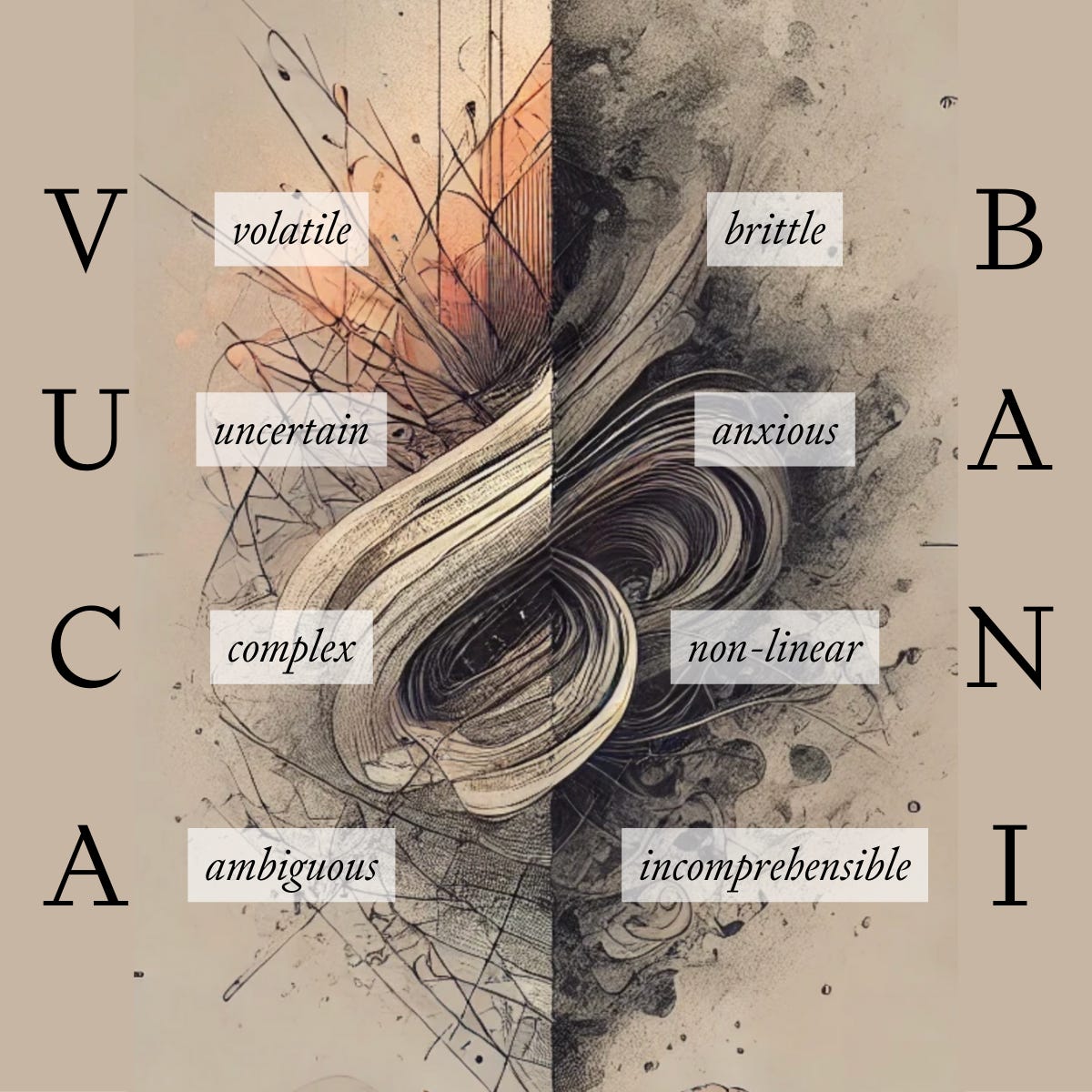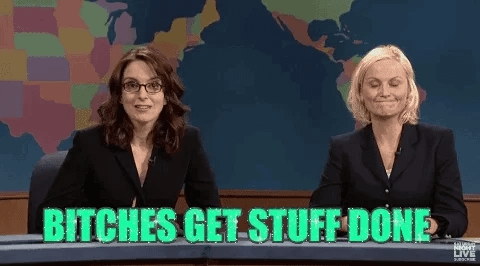Last week, I explored how our inner world has been increasingly neglected, particularly as work over the previous century has prioritised efficiency over creativity, well-being, and self-expression. The pace of modern life—intensified by rapid technological advancement, constant communication, and superficial social interactions—seems to pull us further away from what genuinely fulfills us.
You've probably felt it, too, this inevitable sense of speed without getting anywhere.
Concepts like "BANI1" (Brittle, Anxious, Non-linear, Incomprehensible) are attempts to give the formless "VUCA2" world (Volatile, Uncertain, Complex, Ambiguous) a new structure; the World Economic Forum discusses the "polycrisis3"—the crises of capitalism, society, and governance. All of this indicates that we're not just witnessing an individual crisis but a collective one.
Today’s fast-paced world leaves little room for genuine, meaningful connections. Sociologist Hartmut Rosa claims that this acceleration leads to a deep sense of alienation4, disconnecting individuals from themselves, others, and the world around them. Gallup’s 2024 report highlights this unsettling trend, showing that 77% of employees feel disengaged5. Quiet quitting is on the rise, and while companies are increasingly reluctant to invest in employee training, we fail to apply the skills we have6. This disconnection from what truly drives and inspires us is a core factor in many of today’s pressing challenges. The reality? We're all racing to keep up, and it’s taking a heavy toll.
My Journey with Disconnection
A few years ago, I felt this disconnection firsthand. I was part of an organisation that aligned with my values; it was purposeful work in a meaningful role, yet I spent my day fractured with management tasks and endless meetings with little outcomes. My cortisol levels spiked, healthy meals became a luxury, and I hardly had a moment to check in with myself or the people I cared about.
Whether times were busy or slow, it never felt like I had the chance to make the impact I aspired to. And it seemed impossible to work in a way that would bring me a sense of flow. It eventually left me with a sense of «boreout».
Matching challenge to skill
I'm sure most of you are familiar with Mihaly Csikszentmihalyi's concept of "being in the zone"7. Flow is about finding that "sweet spot" where challenge and skill are in balance. If a task is too easy or hard, it disrupts the flow. The ideal challenge keeps a person stimulated and focused but doesn't overwhelm or bore them.
I realised that in my current way of working, I have much more influence on how I structure my work, leading to "being in the zone" more often. After working in a different mode for over three years, I can say today that I consider "how" I work as important as my "why". I want to share with you a few ideas on how you can meet these conditions more often – I hope you would further build on this with me by sharing your tips and tricks on what you do to increase your time "in the zone".
To enter a flow state, we can promote the following conditions:
Conditions for flow
#1. Deep Focus
Flow requires intense concentration. To achieve it, we need to minimise distractions and fully immerse ourselves in the task at hand. Ideally, the activity should be absorbing enough to naturally draw us in.
Funny, right? Or rather sad—when juggling a calendar split into a thousand meetings daily, finding that kind of concentration feels nearly impossible. In my past leadership role, I'd sometimes envied my designers and developers; they could block everything else out while getting lost in their work's depths.
I love this oldie but goldie by Jason Fried, which highlights why work doesn't happen at work—because of M&Ms (not the sweet ones, but managers and meetings).
When I transitioned into a portfolio career, managing multiple gigs simultaneously, it initially felt just as chaotic. But I learned how to curate the right projects, stack similar activities, and, most importantly, protect my focus time.
I started noticing when I was most productive—those recurring energy peaks and lows throughout the day. Recognising these patterns, I began blocking specific multi-hour slots for deep focus, working in intervals with short breaks for walks or meditations.
This is the moment when corporate leaders might laugh and wonder, "How?!" I know it won't work every single day, but it's possible if we set boundaries. Start with just one block a week; carve out a protected zone for deep work. The next step? Defend it. And really, who's going to argue against productivity?
I remember coaching a woman who longed for more creative time but struggled to say "no" when her friends invited her out. We reframed her creative time, giving it a particular name—her "Arts Atelier." Suddenly, it felt like an event worth protecting, and her friends stopped questioning it. She'd disappear into her "atelier" every Thursday night, and no one asked twice.
#2 Clear Goals
Having clear, specific objectives is essential for flow. When we know exactly what to do, we can focus our attention and direct our actions more effectively.
I get it—clear goals can feel like a luxury in times of constant change. We often lead teams through ambiguity and shifting priorities. In these cases, I recommend setting your own goals—ones that truly align with what drives you. And I'm not just talking KPIs, but goals that truly resonate with you. Ambitious or even small goals that light you up can give you a sense of accomplishment when achieved.
Setting Personal Goals
Real success comes from understanding why these goals matter to you. So watch out for the "I'll be happy when I reach my goal" trap. If you're only chasing an outcome, you may end up disappointed. Reflect on your efforts' bigger impact and how the process contributes to your growth.
Setting Goals for Teams
In my experience, when leadership does not clearly define goals, teams often default to working on internal processes, which can drain their motivation. Systems theory highlights8 the importance of linking goals to value creation. It keeps the company aligned with customer needs, ensuring internal activities serve the broader mission.
Involving the team in setting and discussing these goals is crucial. When they have a voice in shaping objectives, they feel valued and motivated. Plus, they're often the experts on the "what" and "how." As a leader, our role is to set the direction (the "where to") and facilitate the process.

#3 Immediate Feedback
Immediate feedback is vital for flow, whether external (e.g., progress on a project) or internal (e.g., that sense of satisfaction when you complete something). My tip: Make your progress visible.
Acknowledging Progress
I set myself up to get feedback on my progress. I visualise my goals using mood boards and further break them down into tasks in digital tools like Notion or Asana. When things get busier, my office becomes a Kanban forest of colourful sticky notes.
And yes, I still love getting a "well done" sticker from a team member—like that glitter butterfly in my school workbook. There's something special about that acknowledgement from others; it's not just a small gesture but a powerful affirmation that my contributions are seen and appreciated.
Whether you're a leader or not, offering appreciative and constructive feedback boosts motivation. A feedback culture creates an environment where people feel valued and safe to grow. I could go on about this, but that's another article for another day.
The Autonomy to Adjust
Feedback is only the first part. The autonomy to adjust actions based on feedback provides a sense of control and independence, enhancing the motivation to stay engaged.
#4 Challenges Matched to Skill
For flow to occur, tasks must match the individual's skill level. They should be challenging enough to stretch abilities but not so difficult that they become overwhelming. When the challenge aligns with skills, it creates an environment conducive to focus and engagement.
In essence, we need a sense of control over our actions and the outcome of the activity. It doesn't mean the task is easy; it means we feel confident that it is reasonable that we can achieve our goal.
When activities are intrinsically rewarding, we engage in them for the experience, not external rewards like money or recognition. This natural interest and enjoyment help sustain attention and commitment. I experience this when designing leadership programs. As I research and make new connections, I lose track of time but gain a profound sense of fulfilment. And this is the moment when unexpected ideas emerge.
Creating the Right Conditions
By designing environments and selecting activities that align with these conditions, we enhance the likelihood of entering a flow state. It's about harmonising the right task, mindset, and environment to foster deep focus and engagement.
When we create and cultivate spaces that encourage people to reconnect with the world and themselves in profound, meaningful ways, we allow resonance to emerge. This resonance enriches individual lives and contributes to a more fulfilling and connected society.
Resources
📚 Book: It doesn’t have to be crazy at work by Jason Fried
📝 Article: Manage Your Energy, Not Your Time by T. Schwartz and C. McCarthy, Harvard Business Review
🛠️ Tool: Team Canvas: Goalsetting in Teams
🍅 Tool: The Pomodoro Technique – In flow with interval timing
Cascio, J. (2020). Facing the Age of Chaos. [online] Medium. Available at: https://medium.com/@cascio/facing-the-age-of-chaos-b00687b1f51d.
Whiting, K. (2023). This is why ‘polycrisis’ is a useful way of looking at the world right now. World Economic Forum.
Rosa, H. and Wagner, J.C. (2019). Resonance : a sociology of the relationship to the world. Cambridge, England ; Medford, Massachusetts: Polity.
Gallup (2024). State of the Global Workplace Report. [online] Gallup. Available at: https://www.gallup.com/workplace/349484/state-of-the-global-workplace.aspx.
Human (2024). Human capital utilisation, quiet quitting and employee retention. [online] CEDEFOP. Available at: https://www.cedefop.europa.eu/en/publications/6223 [Accessed 12 Oct. 2024].
Csikszentmihalyi, M. (1975). Beyond boredom and anxiety. San Francisco: Jossey-Bass Publishers.
Luhmann, N. (2011). Organisation und Entscheidung. VS Verlag für Sozialwissenschaften.












I love this article so much Graziella! And I learned so much, I had heard of BANI before! You have so much incredible knowledge to share and we are so lucky that you are sharing it with us!